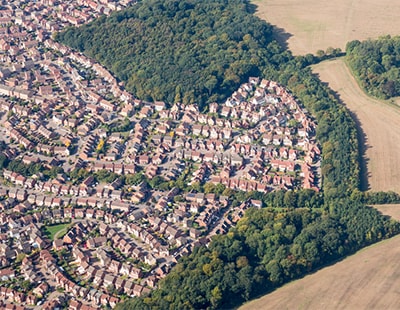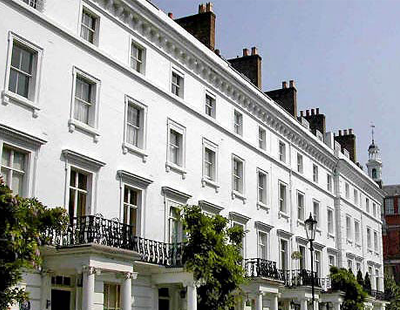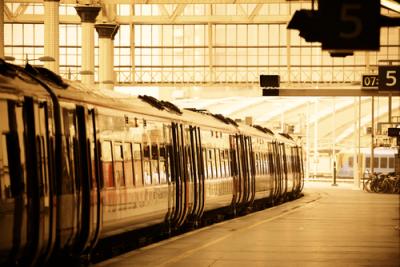According to the James Pendelton data, a critical mass is now being reached in the traditional London commuter belt, with a shorter commute no longer justified thanks to ever higher house prices. This is forcing buyers to move even further out to save money or encouraging them to remain in London in a smaller abode or circumstances that are far from ideal.
With the study revealing that the average cost of a property has increased by 313% over the past two decades in London’s heritage belt – which includes places such as Woking, Sevenoaks and St Albans – the second commuter belt, which spans as far as Brighton, Oxford and Milton Keynes, has grown in importance. Even here, though, an average home has risen 344% in two decades to trade at an average discount of 26.2% to outer London.
The average price of a property in the traditional commuter belt currently stands at £390,362, up from only £95,331 in 1998. In the ‘Outer Belt’, meanwhile, homes are now selling for an average of £319,147, up from £73,735 in 1998. The average cost of a home in outer London has increased by 367% in the last two decades.
While commuting from Brighton to London was considered extreme twenty years ago, it’s now the norm for thousands of professionals who are determined to travel longer distances to save money and enjoy a better quality of life. The two commuter belts James Pendelton has identified are as follows:
Inner: High Wycombe, Woking, St Albans, Reigate, Guildford, Sevenoaks, Basildon, Maidenhead, Crawley, Farnborough, Bracknell, Tonbridge, Maidstone, Brentwood
Outer: Aylesbury, Haywards Heath, Basingstoke, Reading, Luton, Southend-on-Sea, Brighton, Oxford, Milton Keynes, Chelmsford, Ashford, Hastings, Godalming.
“It’s hugely counter-intuitive to see house prices rising faster, the further from London you go as it runs contrary to the received wisdom illustrated by steep rises in the capital,” Lucy Pendelton, co-founder and director at James Pendelton, said.
“What that tells us is that there has been a generational shift in thinking. Workers in the capital wouldn’t have dreamt of commuting from some of these outliers 20 years ago but financial realities have forced people to swallow ever bigger journeys.”
She added: “The fact that hundreds of thousands of people came to the same conclusion when faced by the same economic challenges is hardly surprising and that’s what shapes these long-term trends.
“The most worrying diagnosis, however, is that there is a growing disparity between the haves and the have nots who use their respective wealth to either stay put in London or jump the traditional commuter belt in search of homes they can actually afford.”









.png)

.jpg)








Join the conversation
Be the first to comment (please use the comment box below)
Please login to comment